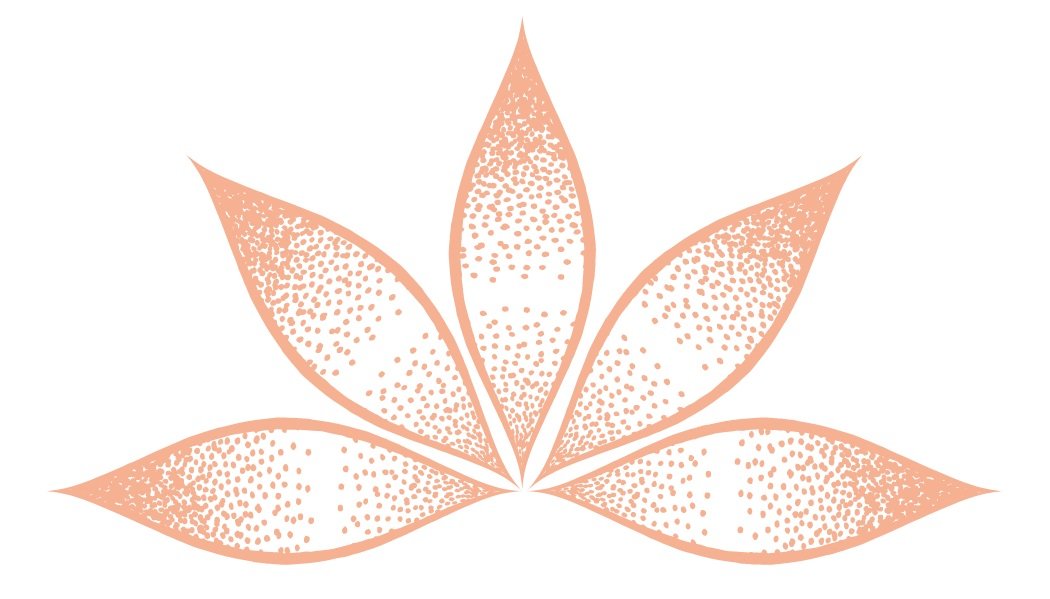Yoga Therapy & Pediatric ASD
Therapeutic aspects of Yoga have been utilized across the board for decades . As the body of research grows, hospitals and other health institutions across the country are establishing Yoga Therapy departments. As a parent of a child with Autism Spectrum Disorder (ASD), you are constantly searching for ways to enhance your child's development and well-being. One promising approach that has gained traction is Yoga Therapy. Working in harmony with the individual’s unique strengths, Yoga Therapy promotes physical, mental, and emotional health, proving especially advantageous for children with ASD. Let’s dive into how Yoga Therapy can help and some practical ways to incorporate Yoga into your child's routine.
Improved Sensory Processing
Children with ASD often face sensory processing challenges. Yoga empowers participants to develop greater body awareness while increasing parasympathetic function. Through the incorporation of breath, body and mental work, children learn to move through their environments with greater ease. This increased body awareness can enhance sensory integration and reduce sensory overload, making daily life a bit more manageable.
Enhanced Communication and Social Skills
Yoga Therapy sessions provide a structured environment where children can practice essential social skills. Activities like following instructions, taking turns, and making eye contact are naturally integrated into sessions. These interactions can significantly improve both verbal and non-verbal communication skills.
Reduced Anxiety and Improved Emotional Regulation
The calming effects of yoga can be a game-changer for children with ASD. Through breathing exercises, guided meditations and relaxation techniques, yoga promotes a sense of calm, helping children learn to regulate their emotions more effectively and independently. This can lead to improved communication and more stable moods.
Increased Focus and Attention
Regular yoga practice can boost concentration. The mindfulness aspect of yoga enables children to focus on the present moment, which can be particularly beneficial for improving attention and reducing impulsivity. The focus on the breath as a mechanism to control thoughts directly impacts impulsivity and promotes empowered engagement with the external environment.
Physical Health Benefits
Yogic practice improves flexibility, strength, and coordination. For children with ASD, who might have low muscle tone or motor skill challenges, these physical benefits are crucial. Gentle stretches and movements, along with targeted breathing practices in yoga can help improve muscle tone and overall physical health and mental health.
Integrating Yoga into ABA Therapy
Combining yoga with Applied Behavior Analysis (ABA) therapy can enhance the effectiveness of the therapeutic program. Here’s how:
Sensory Social Routines: ABA therapy often includes sensory social routines, which are structured interactions that integrate sensory experiences with social learning. Yoga can be a valuable part of these routines, helping children improve sensory regulation and social skills in a predictable manner.
Exercise as a Reinforcer: Physical activity, including yoga, can be used as a positive reinforcement in ABA therapy. For instance, allowing a child to engage in a favorite yoga pose or activity after completing a challenging task can motivate them and reinforce desired behaviors.
Structured Transition Strategies: Transitions can be tough for children with ASD. Yoga can help create structured transition strategies, making it easier for children to move smoothly from one activity to another. Techniques like visual schedules or yoga-based movement breaks can reduce anxiety and improve adaptability.
Practical Tips for Parents
You play a crucial role in supporting your child’s therapy. Here are some practical tips to integrate yoga into your child’s routine:
Start Simple: Begin with basic poses and breathing exercises that are easy to understand and perform. Focus on creating a calm and positive environment.
Consistency is Key: Practice yoga regularly to help your child develop a routine. Consistency will make it easier for your child to understand and enjoy the practice.
Make it Fun: Use games and stories to make yoga sessions engaging. Incorporate your child’s interests to keep them motivated.
Involve the Whole Family: Practicing yoga as a family can make it a fun, bonding activity. It also models positive behavior and encourages your child to participate.
Seek Professional Guidance: Consider working directly with a Yoga Therapist or enrolling your child in a class designed specifically for children with special needs. Professional therapists and instructors can provide tailored guidance and ensure that the exercises are appropriate and beneficial for your child.
Case Studies and Research
A growing body of research is showing increasing evidence of the therapeutic benefit of Yoga on children with ASD. Research and case studies provide compelling evidence of the benefits of yoga for children with ASD. For example, a study published in the International Journal of Yoga Therapy found significant improvements in social skills and reductions in anxiety among children with ASD who participated in a structured yoga program (Autism Journey). Another study highlighted in Autism Parenting Magazine reported that children who practiced yoga showed better emotional regulation and reduced behavioral issues (Autism Parenting Magazine).
Conclusion
Yoga therapy is a valuable addition to the array of interventions available for children with Autism Spectrum Disorder. Its complementary and holistic approach that addresses the physical, emotional, and sensory challenges faced by children with ASD, promoting overall well-being and enhancing traditional solutions like ABA therapy. By integrating yoga into your child’s routine, you can help them develop essential skills, reduce anxiety, and improve their quality of life.
By embracing yoga therapy, you can take a significant step towards providing your child with a balanced and supportive environment that fosters growth and happiness.

